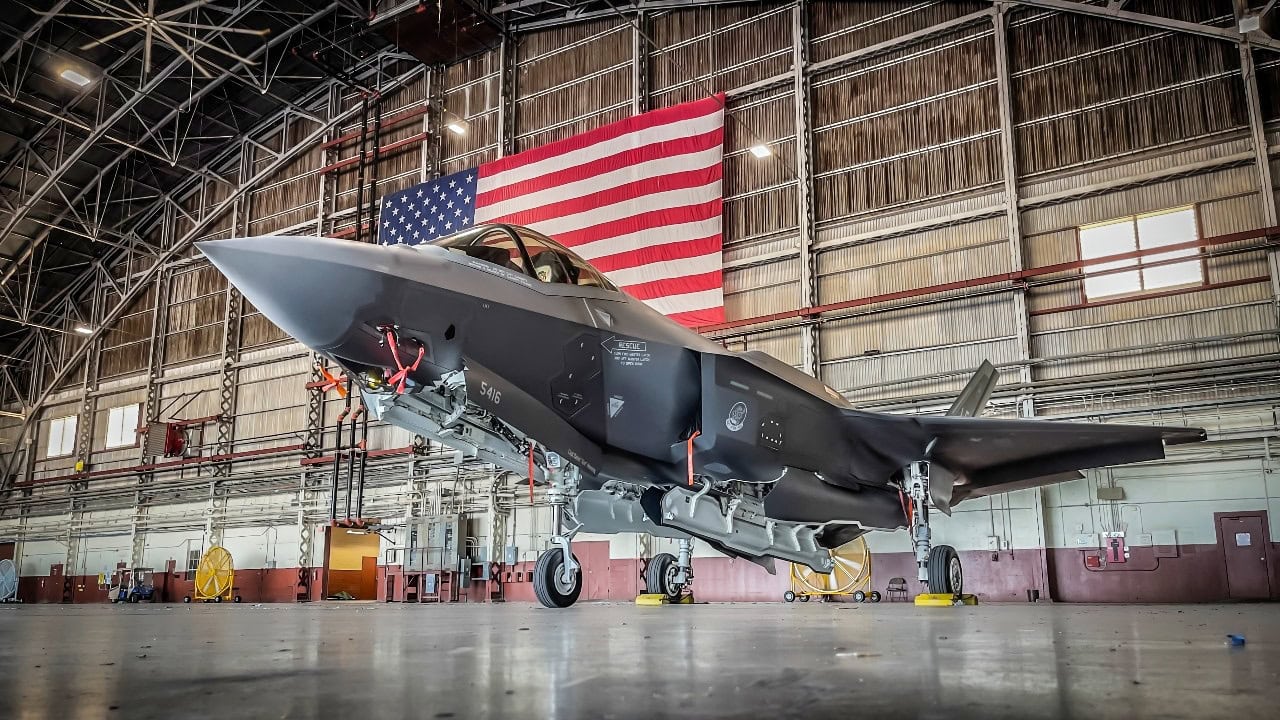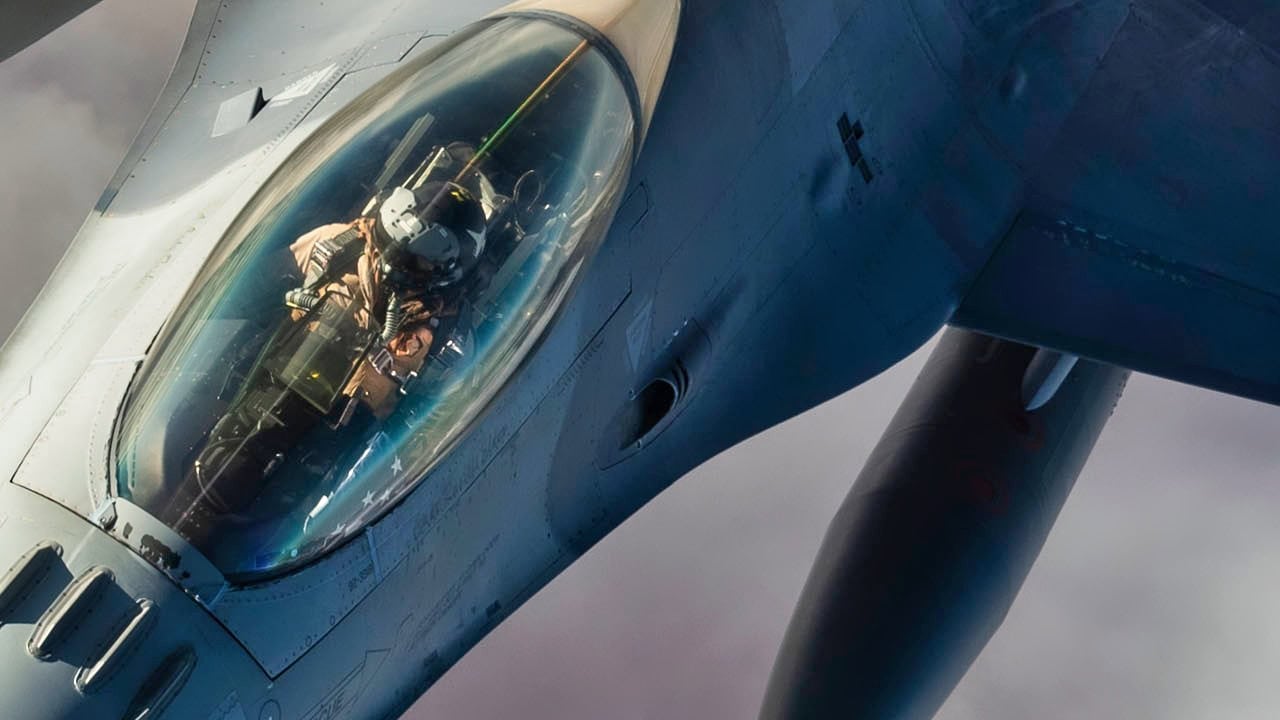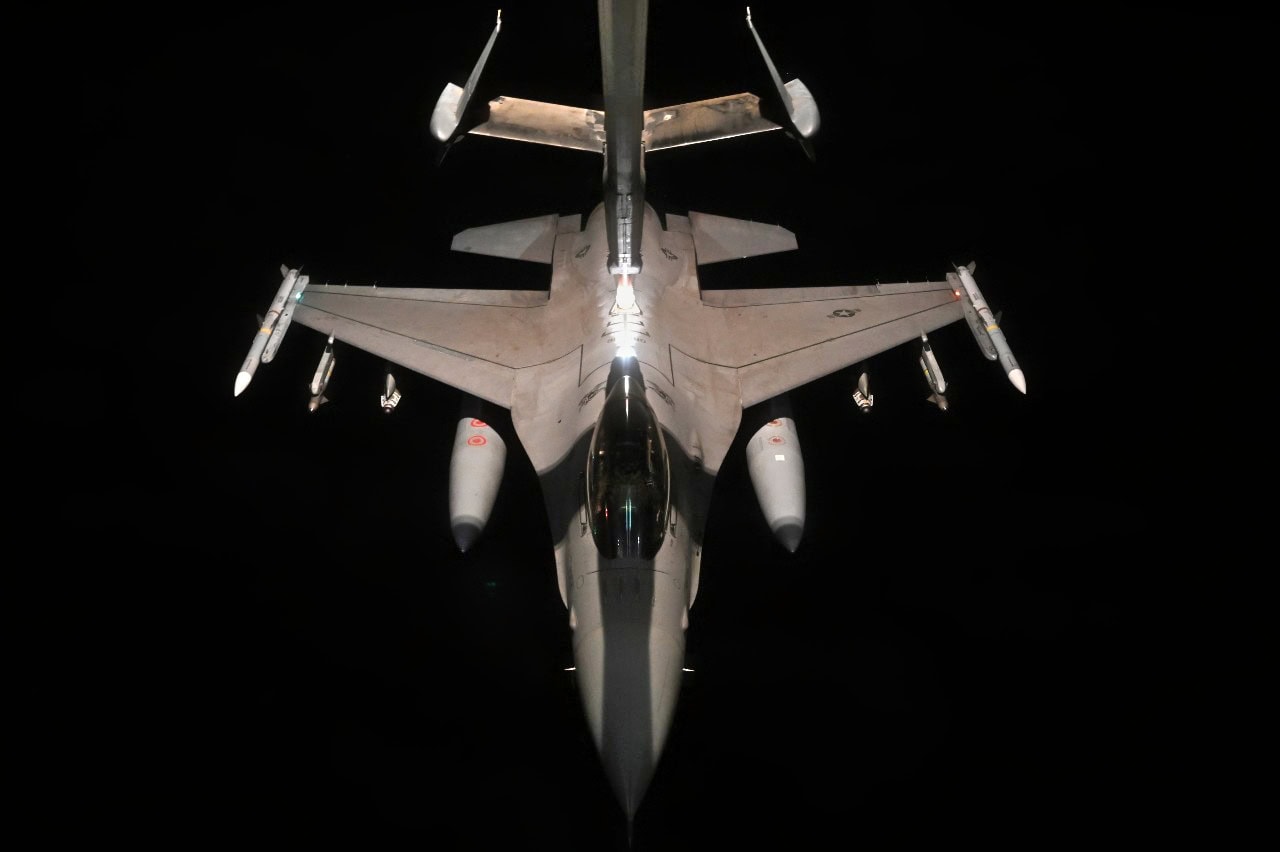In response to complaints from Beijing over the sale of new-model US F-16 aircraft to Taiwan, or the Republic of China (ROC), a US State Department statement reiterated that arms sales to the island nation are part and parcel of the 1979 Taiwan Relations Act enacted by Congress requires that Washington provide Taipei with “defensive weapons.”
The State Department spokesperson who delivered the message said the US will continue to provide Taiwan defense articles and services to support its self-defense capabilities that are “commensurate with the threat Taiwan faces. “
If the language sounds familiar, it is because it matches very closely with the responses the US provided when Beijing voiced similar complaints over another F-16 sale at about the same time—this one to the Philippines.
This sale was made under the conditions of a 1951 mutual defense treaty stating an attack on either the US or the Philippines in the Pacific region would trigger a response from both partner nations. Incidents that could initiate that retaliation are any armed attacks on Philippine armed forces, public vessels, or aircraft in the South China Sea.
“The proposed sale of this equipment and support will not alter the basic military balance in the region,” said the US Defense Security Cooperation Agency when announcing the F-16 exports to the Philippines – adding it would improve Manila’s security situation in the region.
Balancing and Avoiding Escalation on Taiwan
“What you have to pay attention to here is the official language being used,” said a Washington, DC-based China analyst who has advised the ROC and its military in the past.
“When these government spokespersons or statements talk about what the ROC or the Philippines are being provided being ‘commensurate with the threat’ or that this weaponry will ‘not alter the regional military balance’ is the same mindset that has been employed in supplying Ukraine since 2022,” he said.
“What it means in plain English,” he continued, “is that the US officialdom in charge here is more concerned with avoiding antagonizing Beijing than they are with the prospect of the ROC being overrun. It is the Asia theatre of operations version of the script people have been using in talking about arms for Ukraine – the constant hand-wringing over a potential ‘escalation’ in the conflict with Moscow.”
The fact is—as other China analysts who spoke to 19FortyFive point out—just as Ukraine’s defeat by Russia created the conditions for a wider, larger war in Europe, Taiwan’s conquering by the PRC would alter the security situation in the South China Sea in a manner very unfavorable to the US.
Asymmetry and the “Right Mix” on Taiwan
Therefore, the complicated calculation is what classes and types of weaponry and in what numbers the Taiwanese require to survive a potential invasion or another attempt by Beijing to take control of the island by force.
A study by the CATO Institute produced in late 2023 points out that defeat or victory for the ROC in the event of an invasion “would likely be determined in the opening days, if not hours, of a conflict. Taiwan must prevail in two critical military operations: surviving [pre-invasion] China’s conventional bombardment and preventing the first wave of amphibious ground forces from establishing a beachhead.”’

An F-35 Lightning II assigned to the 62nd Fighter Squadron, Luke Air Force Base, Ariz., sits in a hangar ahead of operations for the F-35 Lightning II TDY, Oct. 28, 2021, at Joint Base San Antonio-Kelly Field, Texas. The 62nd FS will be training with F-16s from the 149th Fighter Wing and the 301st Fighter Wing, along with T-38s from the 301st Fighter Wing. The multi-role capabilities of the F-35 allows them to perform missions which traditionally required numerous specialized aircraft. The complimentary air superiority capabilities of the F-35 will augment our air superiority fleet and ensure we continue to “own the skies” over future battlefields. (U.S. Air Force photo by Brian G. Rhodes)
The ability of the US and its allies to come to Taiwan’s rescue would require time to assemble a suitable task force and re-position military assets, such that the ROC would be on their own in these two vital tasks. The dilemma is, as the study concludes, “Taiwan’s military does not have the right mix of equipment, manpower, and strategy to mount an effective defense, despite the fact that the results of these operations could prove decisive for the rest of the conflict.”
This and other assessments conclude that the war in Ukraine has helped shock Taiwan “out of complacency on self-defense.” It has also shown the island’s governing authority that “the unthinkable—an invasion by a giant-sized neighbor—actually can happen,” as the same China analyst stated.
The lesson the ROC needs to learn is how Ukraine has developed an asymmetric defense strategy. Kyiv’s mobile, ground-based air defense systems have prevented Russia from achieving air superiority. Ground-based anti-ship missiles and unmanned waterborne drones have caused the Russian Navy’s warships to leave the Black Sea.

A U.S. Air Force F-16 Fighting Falcon is refueled over the U.S. Central Command area of responsibility Nov. 22, 2024. The F-16 avionics system includes highly accurate enhanced global positioning and inertial navigation systems in which computers provide steering information to the pilot. (U.S. Air Force photo by Staff Sgt. William Rio Rosado)
In a report summarizing an unofficial dialogue between US and Taiwanese military analysts that took place more than two years ago, Ralph Cossa of Pacific Forum wrote, “The Russian invasion of Ukraine was a sobering wake-up call for Taiwan.… As a result, Taiwan is [now] emphasizing asymmetrical warfare and developing homeland and territorial defense capabilities.”
The CATO study concludes that if Taiwan does not reorient its approach to defending against an invasion in this manner, “it is unlikely that any amount of potential US assistance or intervention could salvage the island’s position in the event of a conflict.”
About the Author: Reuben F. Johnson
Reuben F. Johnson is a survivor of the February 2022 Russian invasion of Ukraine and is an Expert on Foreign Military Affairs with the Fundacja im. Kazimierza Pułaskiego in WarsawHe has been a consultant to the Pentagon, several NATO governments and the Australian government in the fields of defense technology and weapon systems design. Over the past 30 years he has resided in and reported from Russia, Ukraine, Poland, Brazil, the People’s Republic of China and Australia.

